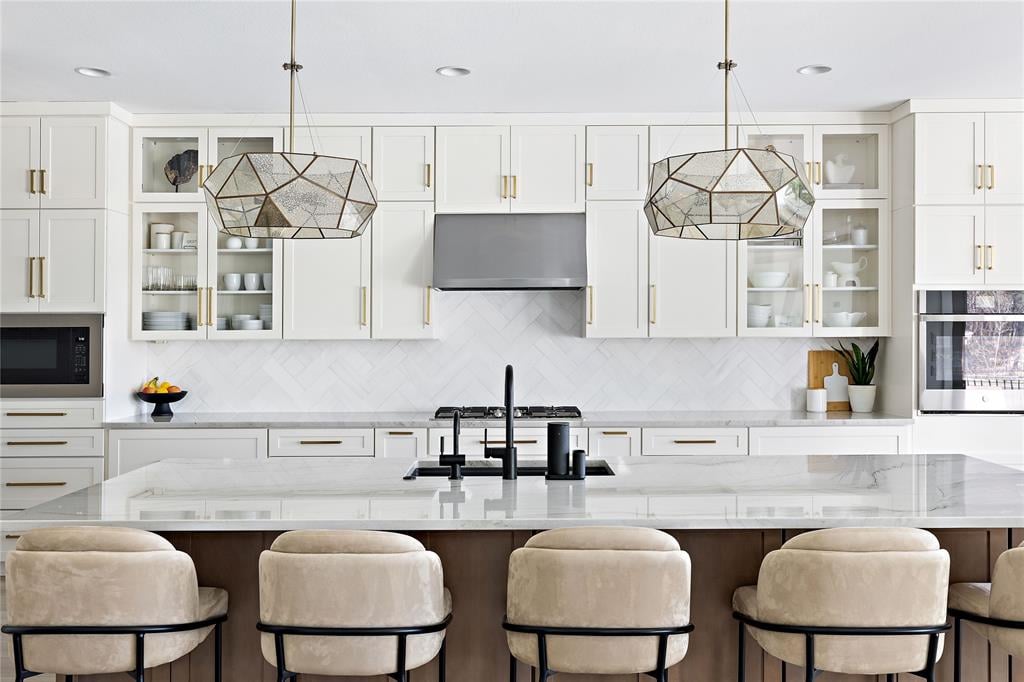Balancing the sale of your current home with the purchase of your next one can feel overwhelming. But with careful planning and a clear strategy, it’s totally doable! Here’s a breakdown of what you need to know:
1. Start by Talking to Your Lender
Understanding your financial position is key.
- Do you need to sell before you buy?
Your lender will determine if selling is required for Debt-to-Income (DTI) purposes or if it's more about your comfort level.
- Plan your budget:
Ask your lender to provide estimates for monthly payments at various price points. This helps you set realistic expectations for your next home.
- Down payment options:
- Recast after selling: Consider putting down the minimum (5%), then applying a lump sum from your sale proceeds later to reduce your mortgage.
- HELOC: You could also explore a home equity line of credit to tap into your current home’s equity for a down payment.
2. What If You Have to Sell Before Buying?
This adds complexity but is entirely manageable.
- Selling first:
- Sellers won’t usually accept an offer contingent on your home selling unless your house is either already listed or under contract.
- Homes that have been on the market for a while are more likely to consider contingent offers.
- Making a plan:
- Some sellers opt to list their home, sell quickly, and find temporary housing (e.g., staying with family or securing a short-term rental) while searching for their next property.
- Having backup plans (A, B, and even C) is essential to avoid surprises.
- Ask for a leaseback: You can negotiate a leaseback agreement, allowing you to stay in your current home for a short period after closing while you finalize your next move.
- Taking calculated risks:
In some cases, you might make a non-contingent offer while your home is still on the market. For example, you could negotiate a longer closing period (e.g., 60 days) to allow more time to sell.
- Overlap considerations:
Remember, the first mortgage payment on a new home isn’t due until the second month after closing, giving you some breathing room if timelines overlap.
3. Find Out What Your Current Home Is Worth
Knowing your home’s value and payoff is critical for planning.
- Home evaluation:
Share details about any updates or improvements you’ve made to help assess its current value.
- Market insights:
Reviewing recent neighborhood sales can give you a ballpark estimate of your home’s potential asking price. I’ll provide a more precise value after viewing your property.
4. Calculate Your Net Proceeds
Understanding what you’ll walk away with after selling is important.
- Net proceeds calculation:
- Sale price
- Realtor commission
- Buyer-requested closing costs
- Mortgage payoff
- Seller closing costs
- Prorated taxes and HOA dues
= Your estimated net proceeds
This figure will inform how much you can allocate toward your next home.
Final Thoughts
While buying and selling simultaneously has its challenges, a clear plan and open communication make the process smoother. I’ll be with you every step of the way to ensure you have options, strategies, and the support you need.

